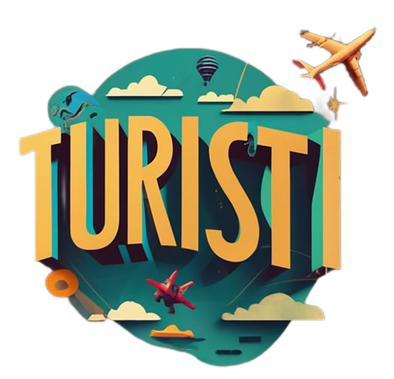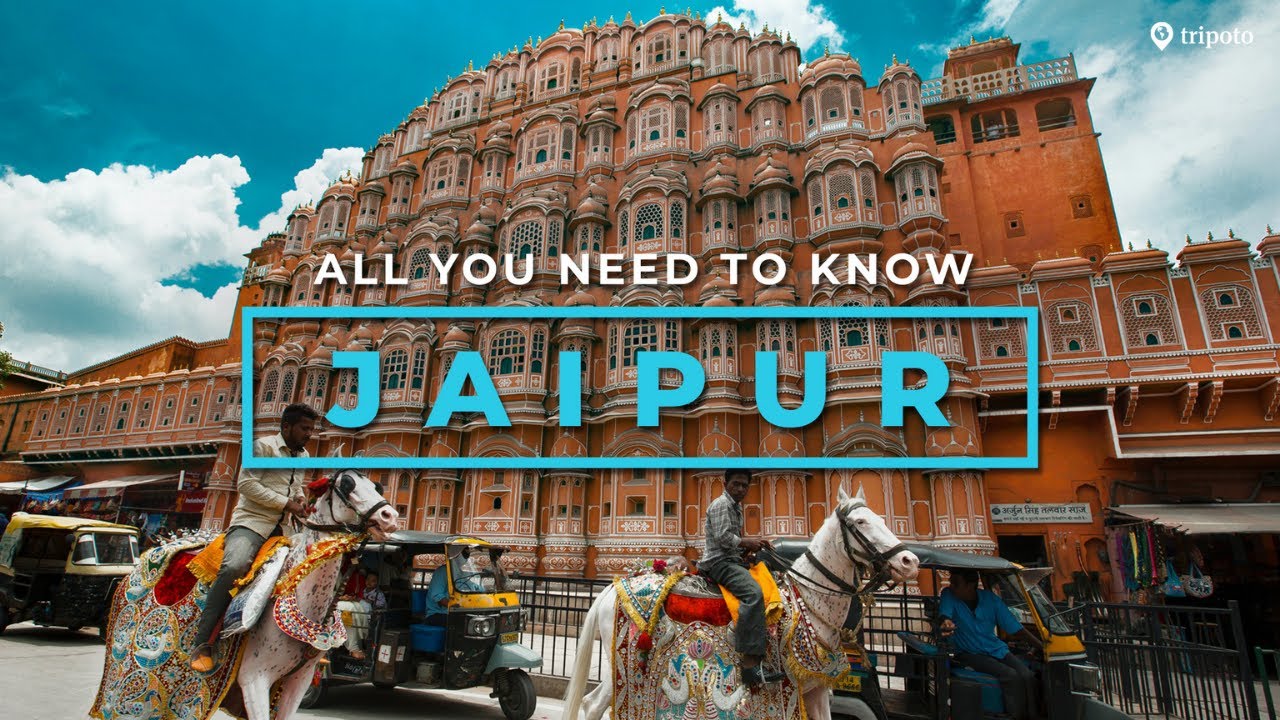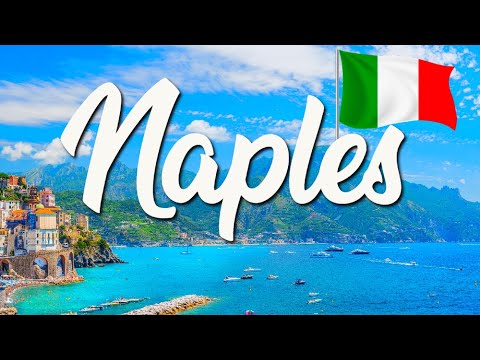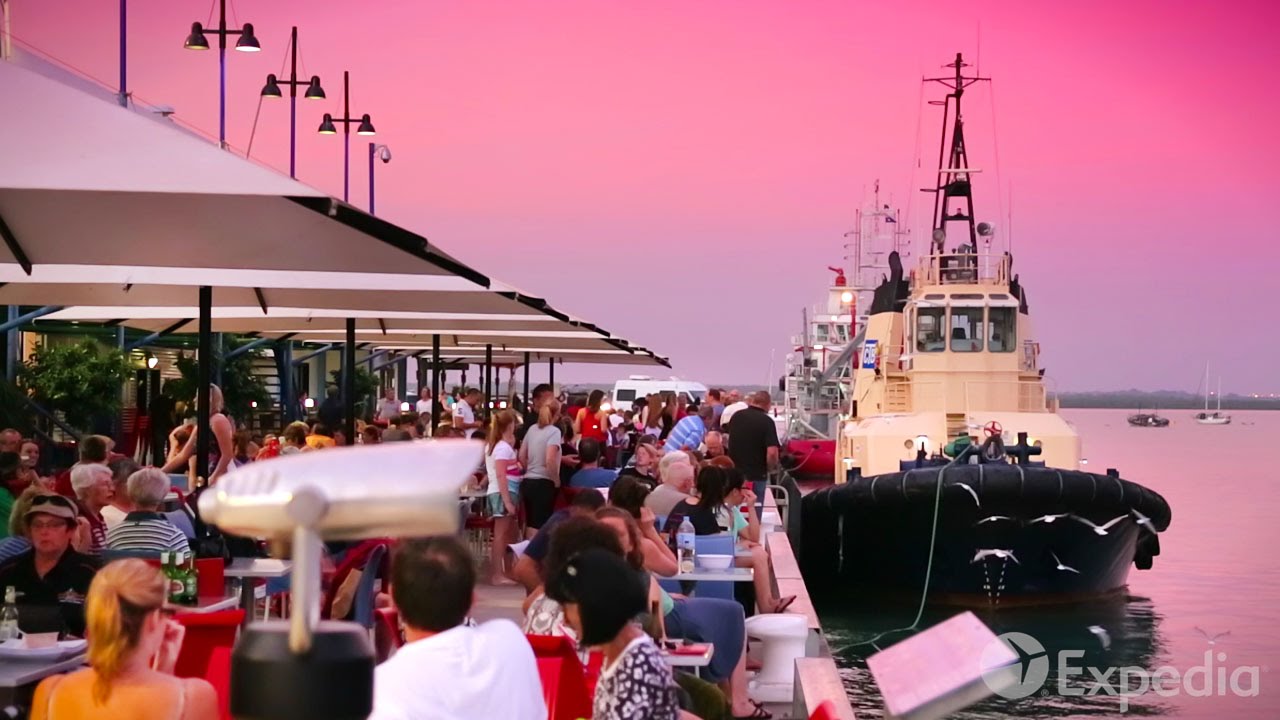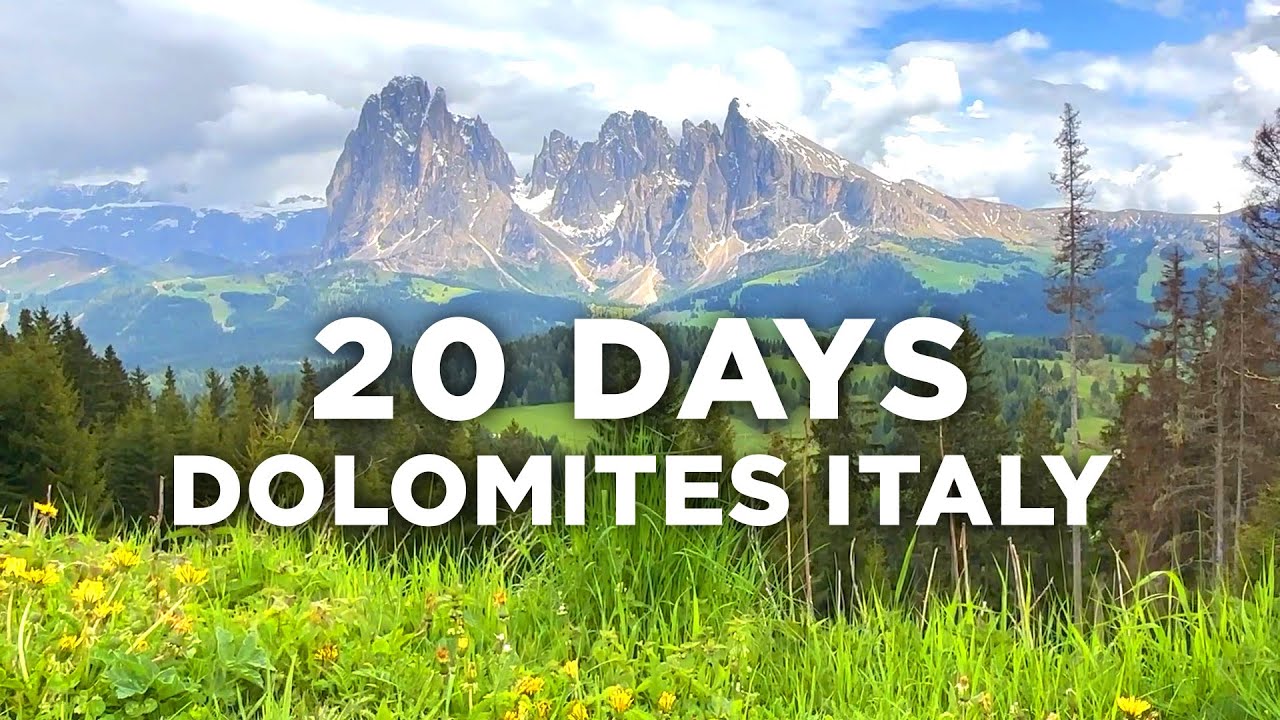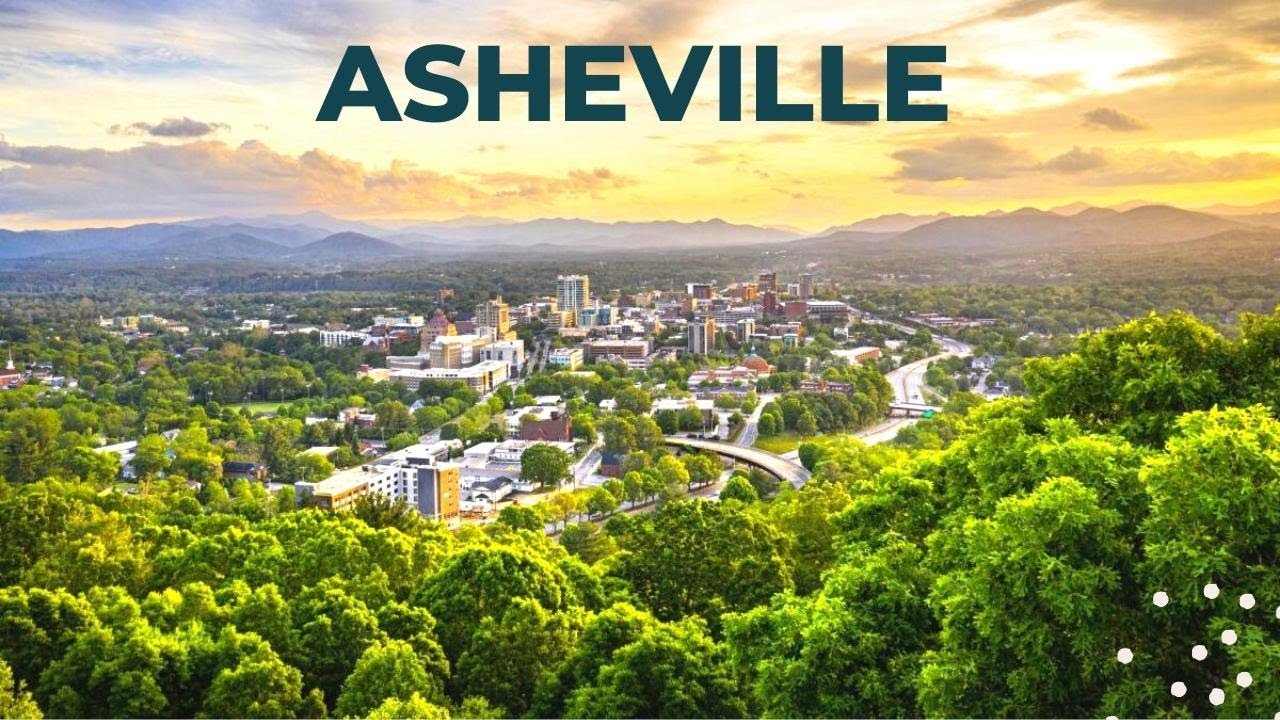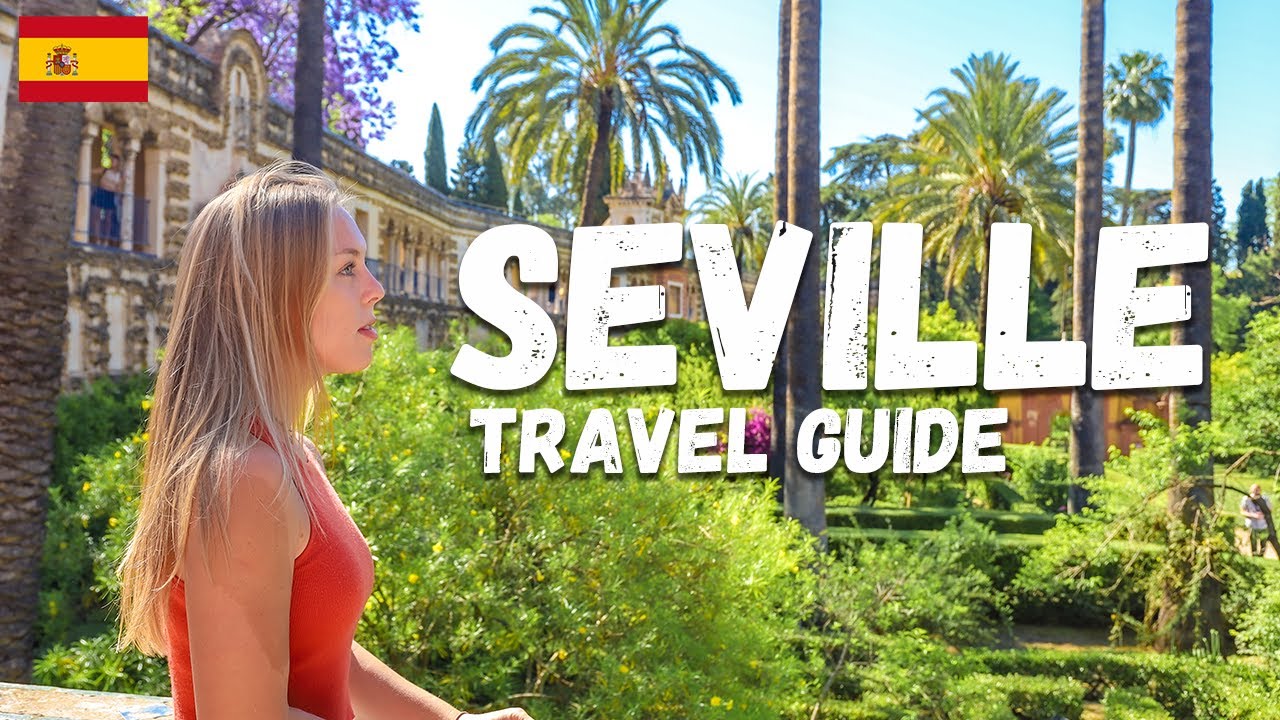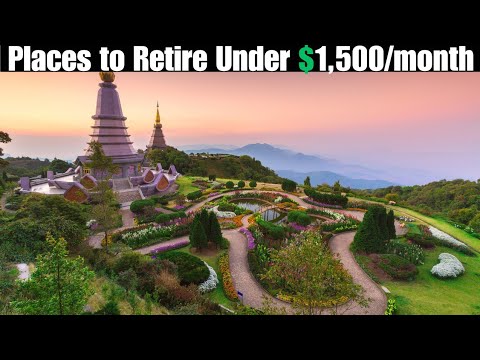Rick Steves’ Europe Travel Guide © 2008 | In Istanbul, we’ll lose our way in the Grand Bazaar and munch our way through the …
Hi, I’m Rick Steves, back with more of the best of Europe. This time, we’re relaxed and getting all cleaned up for a Turkish experience in Istanbul. Thanks for joining us.
Istanbul is one of the greatest cities on Earth. For thousands of years, this point where East meets West has been a crossroads of civilization.
Few places have witnessed more history than this sprawling metropolis on the Bosphorus. We’ll cruise the Golden Horn, shop at the Grand Bazaar, and explore a poor man’s Wall Street.
We’ll sample some Turkish delights—oh, that’s good—smoke a “nargile,” eat fish fresh off the boat, explore the harem in the Topkapı Palace, marvel at Byzantine domes, and lose ourselves in a sea of people in this vast and complex city.
Turkey bridges Europe and Asia, with Istanbul straddling the strategic Bosphorus Strait. Part of the city is in Europe, and part is in Asia.
The Golden Horn inlet divides the new town, with its high-energy business zones, from the old town, where you’ll find the major sites.
As a city with over 90% Muslim population, Istanbul offers a good opportunity to better understand Islam. Visitors are welcome to visit historic mosques and experience a religion that still fills its places of worship.
The Blue Mosque was the 17th-century triumph of Sultan Ahmet I. Architecturally, with its six minarets, it rivaled the great mosque in Mecca, the holiest in all Islam. Its grand courtyard welcomes the crowd that gathers for worship.
As with all mosques, you leave your shoes at the door, and women cover their heads. If they don’t have a scarf, there are loaners at the door. Countless beautiful tiles fill the interior with exquisite floral and geometric motifs.
It’s nicknamed the Blue Mosque because of its blue tiles. Blue impressed early French visitors enough for them to call it “the color of the Turks,” or “turquoise.”
While churches often portray people, Muslims believe that portraying people in places of worship distracts from worshiping Allah as the one God. In mosques, you’ll see geometrical designs and calligraphy instead of saints and prophets.
This explains why, historically, the Muslim world excelled at non-figurative art, while artists from Christian Europe focused on painting and sculpture of the human form.
Arabic calligraphy generally shows excerpts from the Quran and quotes from Muhammad. In a mosque, elaborate signature medallions high above the prayer niche say “Muhammad” and “Allah.”
Large ceremonial candles flank the mihrab, the niche which points southeast to Mecca in Saudi Arabia, where all Muslims face when they worship.
Services are segregated by gender—the main hall is reserved for men, while the women’s section is in the back. Muslims see this as a practical matter, allowing women to pray in private.
Like churches have bell towers, mosques have minarets. The imam, or prayer leader, calls the faithful to prayer, now amplified by loudspeakers at the top of the minarets.
The call is always the same: “Allah akbar,” “God is great. Witness there is only one God, Muhammad is his prophet. Come join the prayer. Come join the salvation.”
When this happens, practicing Muslims drop into a mosque, face Mecca, and pray to God. After a short service praising God, life resumes.
Modern Turkish culture is complex. To sort it out properly, I’m joined by my Turkish friend Lale Surmen Aran, who co-authors my Istanbul guidebook.
She explains that most people in Turkey are probably Muslims, but Turkey is a secular country according to its constitution.
Turks love to meet and mingle at Ortaköy, just under the massive bridge that connected Europe with Asia in 1973. The tempo of life in Turkey is slow enough to enjoy the moment and good friends.
People love their tea, the sound of dice on the backgammon board, and smoking the “nargile,” generally a tobacco-free dried-fruit smoke.
This city, so layered with rich history, was officially named “Istanbul” only in 1923 with the foundation of the modern Turkish republic. Before that, it was called “Constantinople.”
Over the centuries, this city has been the capital of two grand empires. The Byzantine Empire started in the 4th century and lasted until the 15th century, when the Ottomans took over and ruled until the end of World War I.
Today, even though Turkey is governed from Ankara, Istanbul remains the financial, cultural, and historic center of the country.
As ancient Rome was falling, Emperor Constantine moved the capital from the West to the less chaotic East around 324 AD. It was named Constantinople in his honor.
Then, in 476, Rome and the Western Empire fell to invading barbarians, leaving Constantinople the leading city of Western Civilization. Traces of the Roman capital can still be found.
This square was a racetrack, like the Circus Maximus in Rome. Built in the 4th century to seat over 60,000 fans, the Hippodrome was Constantinople’s primary venue for chariot races.
Its centerpiece, this 3,500-year-old ancient Egyptian obelisk, was originally carved to honor a pharaoh. It was moved here to ornament the racetrack in the 4th century. Today, you won’t find any chariot races, but Istanbul remains a city of experiences.
One of the most memorable experiences is enjoying a Turkish bath. Today, baths welcome tourists and give a peek into a rich tradition.
You leave everything in the changing room, slip into wooden slippers, and shuffle into the steamy caldarium.
Turks brought the steam bath from central Asia, blended it with the Roman bath culture they found here, and created the Turkish bath.
First, you relax at the basin, heating up and softening under a cascade of hot water. Then your attendant scrubs you vigorously with rough mitts, then suds and washes you.
Refreshed and cleaner than ever, you venture back into the city, ready for more history and art.
The best look at ancient Constantinople is a church-turned-mosque considered among the greatest houses of worship in both the Christian and Muslim worlds—Hagia Sophia.
Built by the Byzantine Emperor Justinian in the early 6th century, it was later converted into a mosque by the conquering Ottomans.
Today, it’s a museum. Hagia Sophia, marking the high point of Byzantine architecture, is the pinnacle of that society’s 6th-century glory days.
This church was completed in 537, just as Europe was entering its Dark Ages. For four centuries after that, Christians in Europe looked to Constantinople as the leading city in Christendom, and this was its leading church.
The dome-upon-dome construction was the largest anywhere until the cathedral of Florence was completed during the Renaissance, 900 years later.
The vast interior gives the impression of a golden weightless shell, gracefully disguising the massive overhead load supported by masterful Byzantine engineering.
Forty arched windows shed soft light on the interior, showing off the church’s original marble and glittering mosaics. But the Byzantine empire collapsed in the 15th century, and Hagia Sophia was turned into a mosque.
Christian mosaics were plastered over, and new religious symbols replaced the old. This church was built to face Jerusalem, but mosques face Mecca. When Hagia Sophia became a mosque, the focal point of prayer had to be adjusted slightly off-center to face Mecca.
The Galata Bridge spans the easy-to-defend inlet called the Golden Horn in the heart of Istanbul.
A stroll across the bridge offers panoramic views of Istanbul’s old town, a chance to see how the fishermen are doing, and plenty of options for a drink or meal with a view.
For fast food, Istanbul-style, we’re grabbing a fishwich, fresh from the guys who caught it, at one of the tipsy “fish and bread” boats.
From near the Galata Bridge, it’s easy to hop a tour boat for a relaxing sail up the Bosphorus and see the city from the water, with Europe on one side and Asia on the other.
You’ll pass massive cruise ships pouring thousands of tourists into the city for a day of sightseeing and shopping.
The boat passes homes of wealthy locals who can afford some of the priciest real estate in Turkey—Bosphorus waterfront. The dramatic Bosphorus Bridge was the first bridge to span two continents.
The Rumeli Fortress was built by the Ottomans the year before they conquered Constantinople. The Bosphorus Strait is busy with commercial traffic, including many Ukrainian and Russian ships, as this is the only route from ports on the Black Sea to the Mediterranean.
For more crowds and urban energy, you can join the million commuters who ferry over and back every day from the Asian side of Istanbul.
Ferries shuttle in and out from all directions as locals make their daily half-hour intercontinental commute. But for me, the ultimate joy of Istanbul is in the Old Town, exploring its busy streets.
The venerable Spice Market, while touristy today, still sells its exotic range of products, and the air is heavy with aromatic spices.
You’ll find everything a sultan could want—saffron and cinnamon, dried vegetables and fruits, pistachios and hazelnuts, and a cornucopia of sweets, including, of course, Turkish Delight.
Istanbul has been a busy trading center from the start, so it needed to be well-protected. This imposing wall helped fortify the ancient Byzantine capital.
The wall sealed off the city, protecting it on the one side where the water didn’t. Dating from the 5th century, these ramparts stood strong against both Catholic Europe from the West and the Muslim forces from the East until 1453.
Finally, the Ottoman Turks, who for centuries had been on

